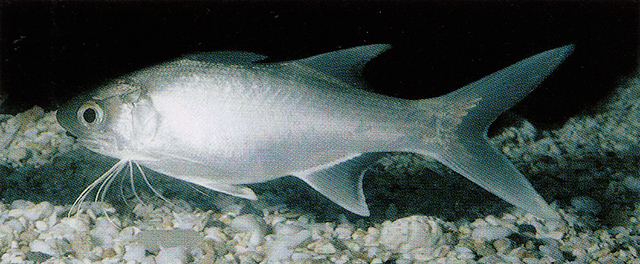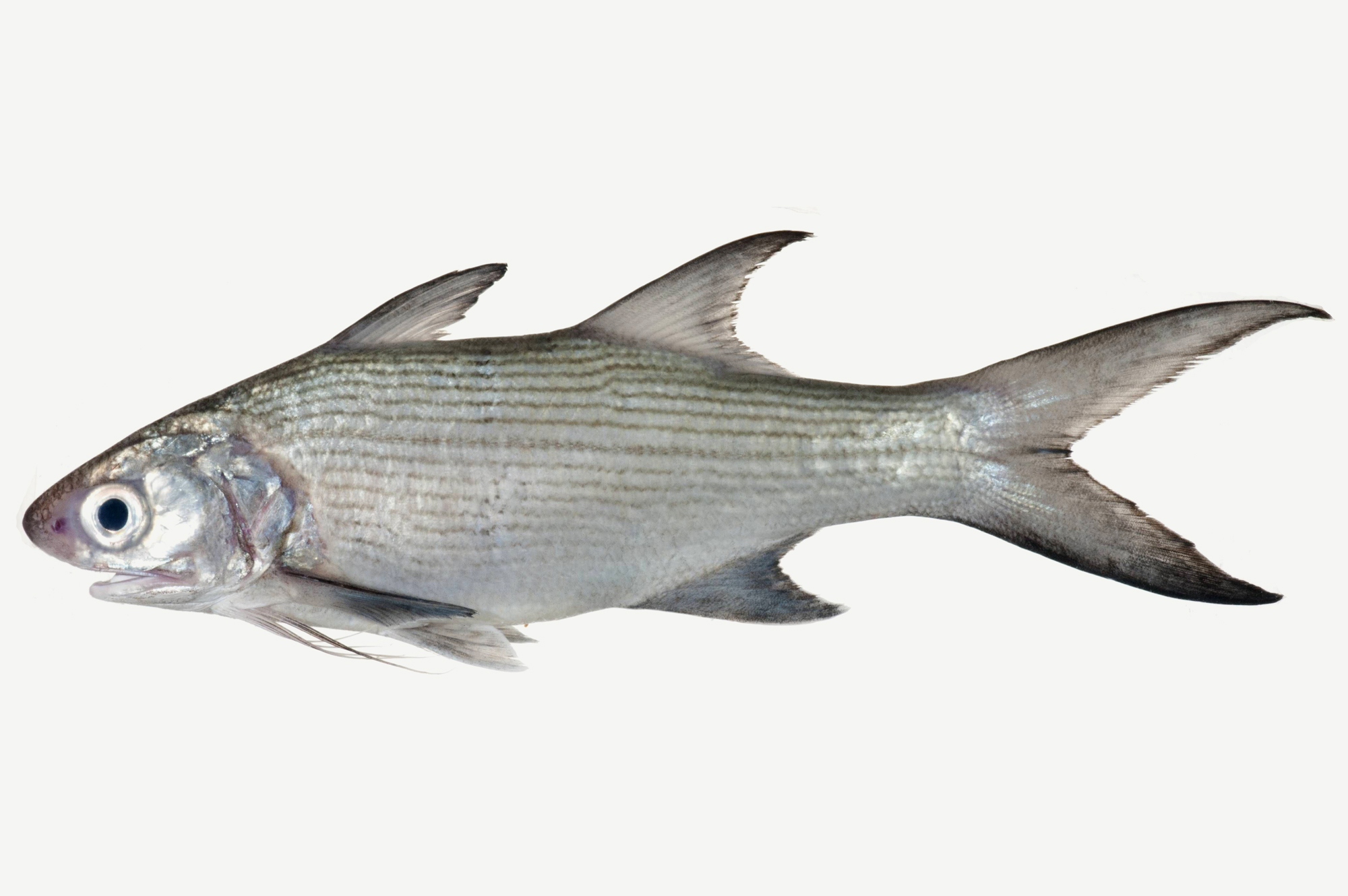

Common names for Marlin
Blue marlin, sailfish, spikefish, boohoo, agika prieta; Pacific blue marlin, kajiki
Other languages for Marlin
- French name: Makaire bleu
- Italian name: Marlin azzurro
- German name: Blauer Marlin
Introduction to Marlin
In Ernest Hemingway’s famous book The Old Man and the Sea, the Cuban fisherman’s target was a colossal blue marlin. Santiago’s marlin corpse measured 18 feet in length. While blue marlins are the biggest of the marlin species and are highly coveted by fishermen for their battling ability, the average size caught is 11 feet and weighs between 200 and 400 pounds. Pacific blue marlin (Makaira mazara) are often bigger than Atlantic blue marlin; ancient Hawaiians dreaded the ferocious fish, dubbed kajiki, since a punch from its hefty bill could easily sink a fishing canoe. The blue marlin is referred to as a blue-water fish due to the fact that it spends the most of its life at sea. It is distributed globally in temperate and tropical seas. Additionally, the popular gamefish is caught accidentally in gillnets. Commercial fishing boats from the United States are banned from acquiring blue marlin in the Atlantic, however Hawaii maintains a commercial longline fishery for the species. June through October are the busiest months for landings.
Product profile for Marlin
The color of raw marlin flesh varies, although it is usually a pale golden-orange color. When cooked, it becomes off-white and is somewhat lighter than swordfish. Marlin has a solid, meaty texture and a deep, full taste, comparable to swordfish. Large marlin (150 pounds or more) have a lot of stiff, stringy connective tissue between the muscle layers, which may be avoided by buying lesser fish.
Cooking tips for Marlin
Grilling or broiling marlin steaks is a simple, high-heat cooking method that works well. The rich flavor pairs well with simple spices like salt and pepper or a touch of lime, but it also stands up to bolder sauces, salsas, and strong herbs. Sashimi or seviche can be made using raw, high-quality marlin.
Nutrition facts for Marlin
Calories: 155 Fat Calories: 42 Total Fat: 4.7 g Saturated Fat: 1.2 g Cholesterol: 49.4 mg Sodium: 115 mg Protein: 25.9 g Omega 3: N/A
Primary product forms for Marlin
Fresh: H&G, Loins (skin on or off), Fillets (skin on or off), Steaks Frozen: Fillets, Loins
Global supply for Marlin
Brazil, Japan, Taiwan, United States (Hawaii), Iran